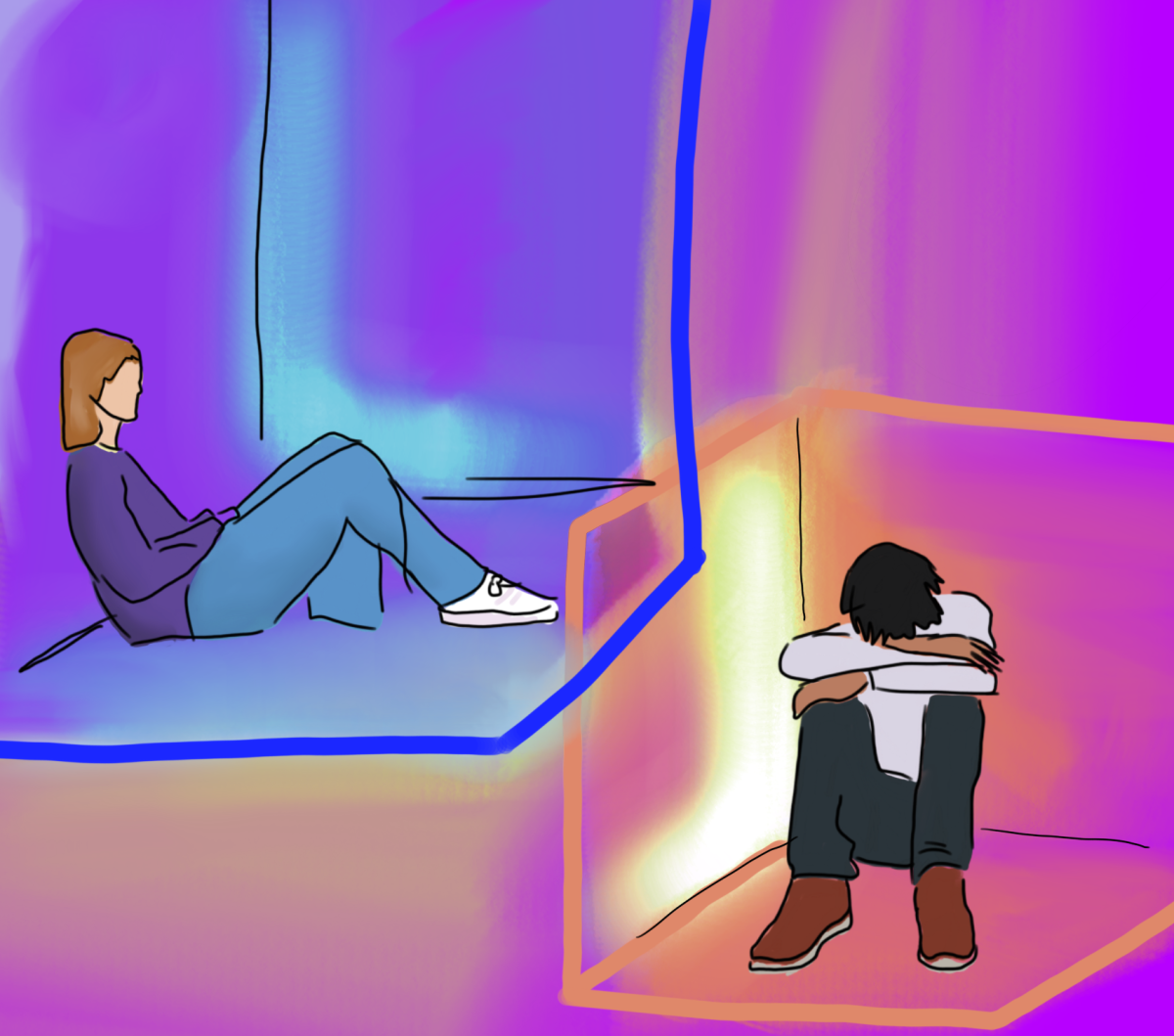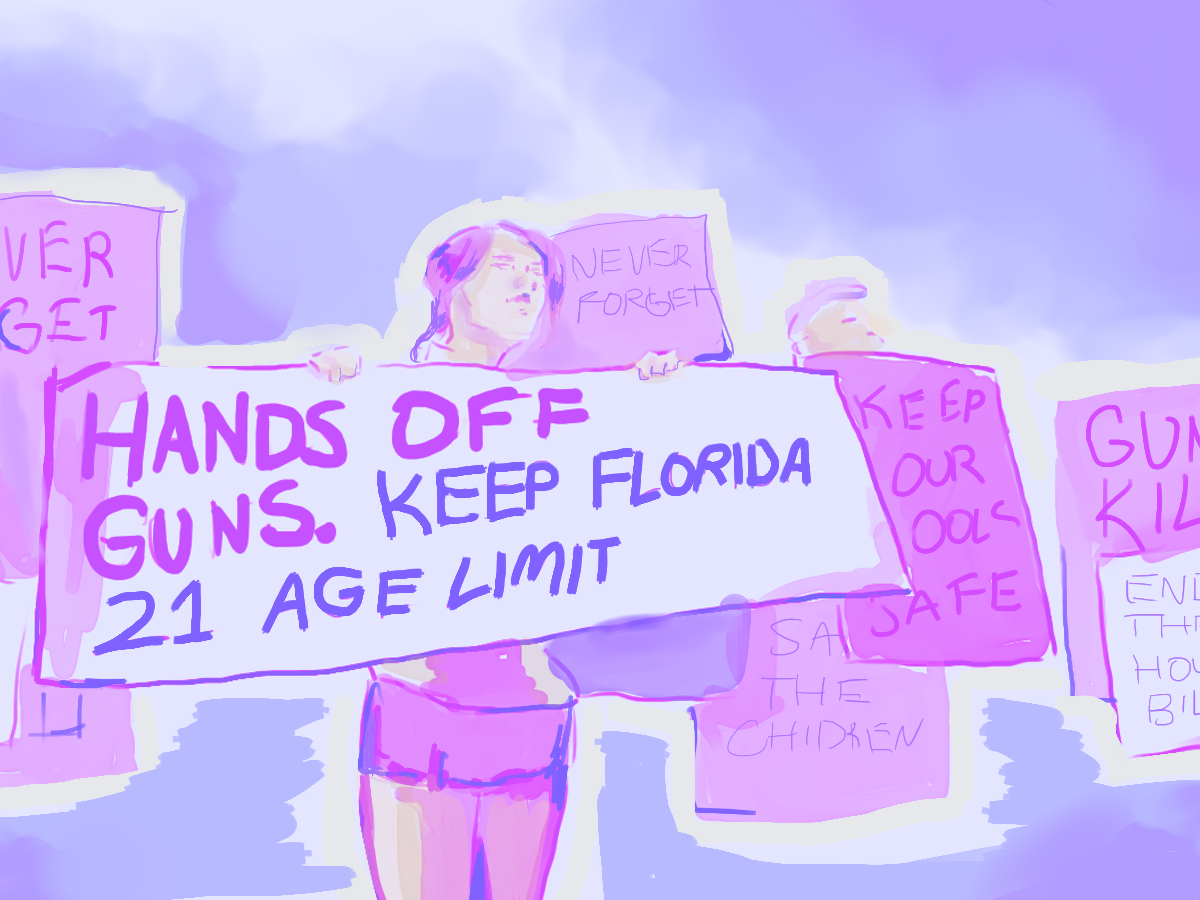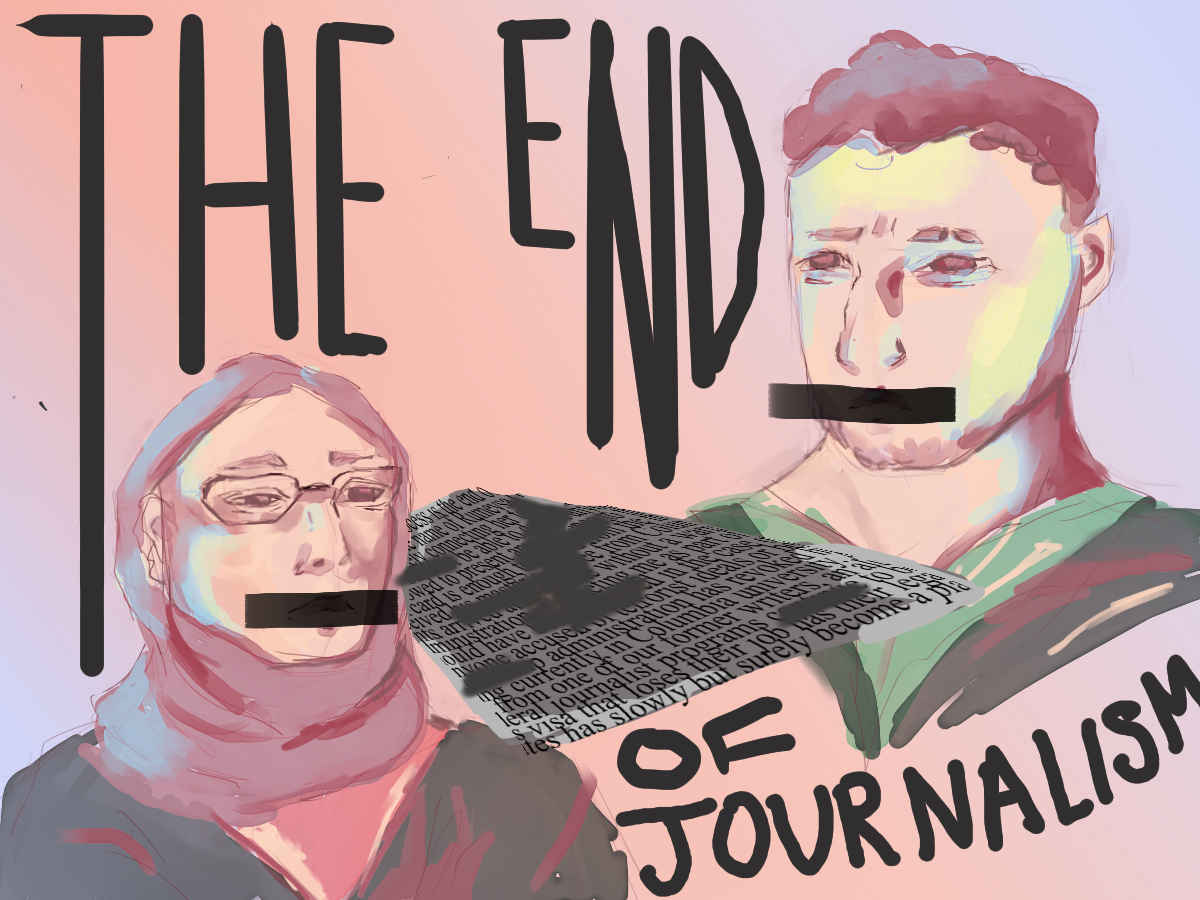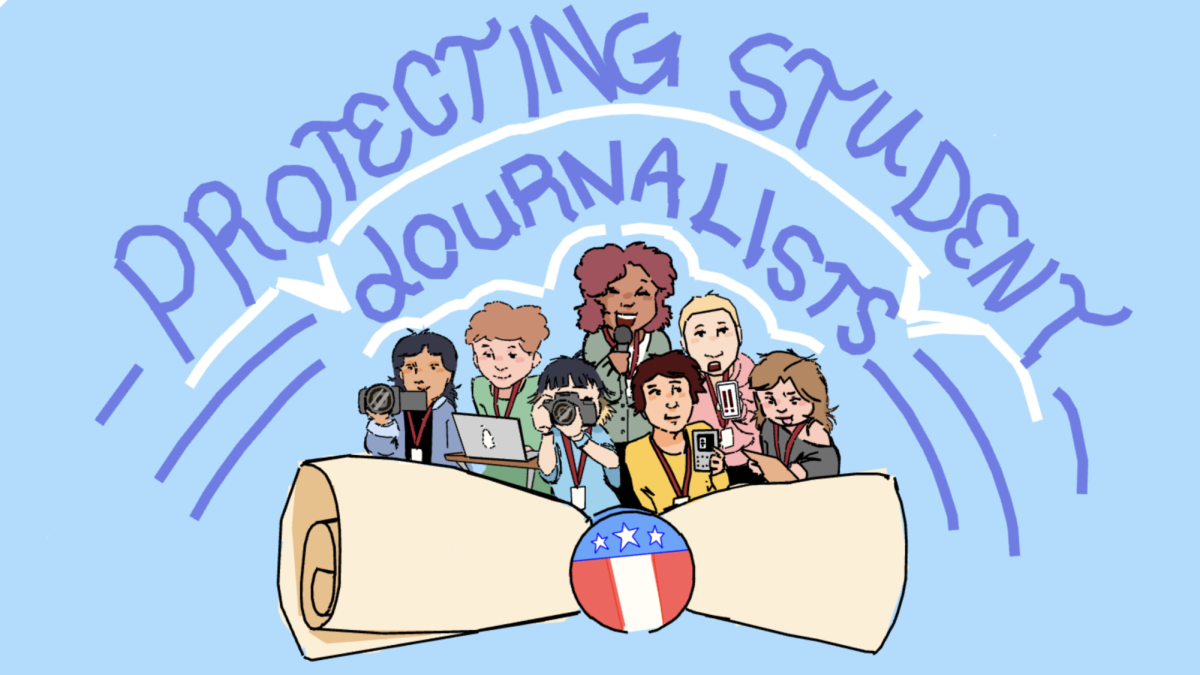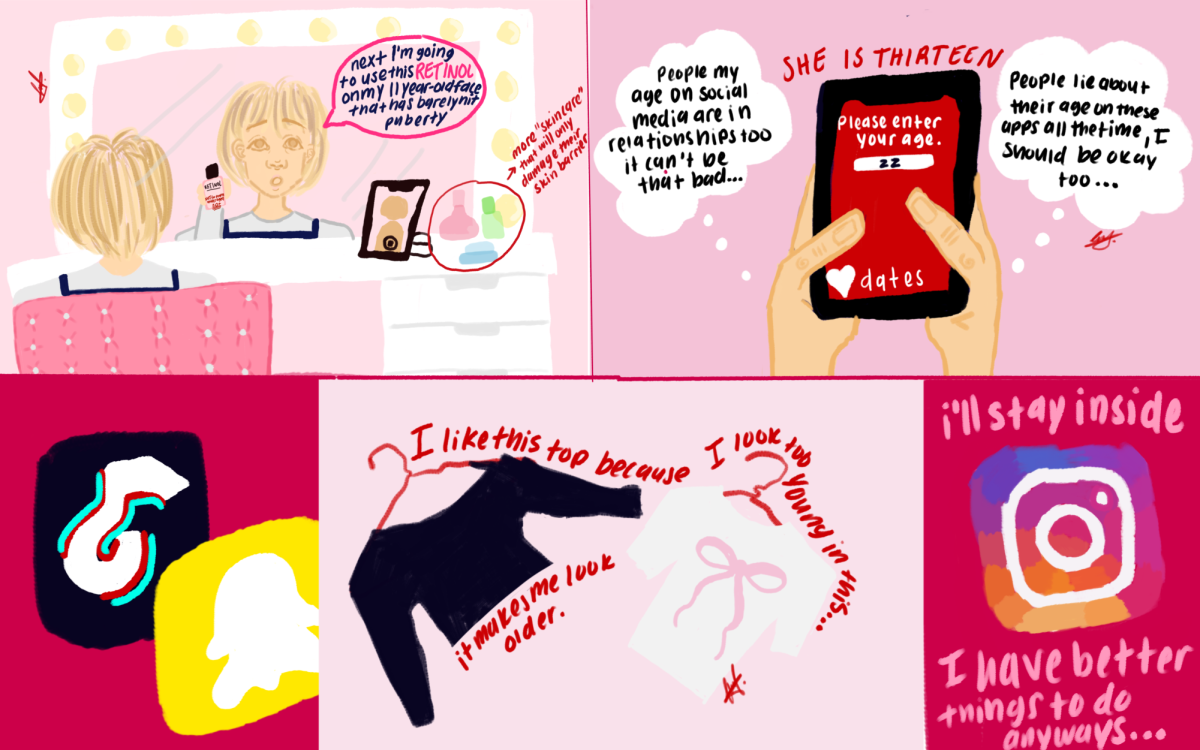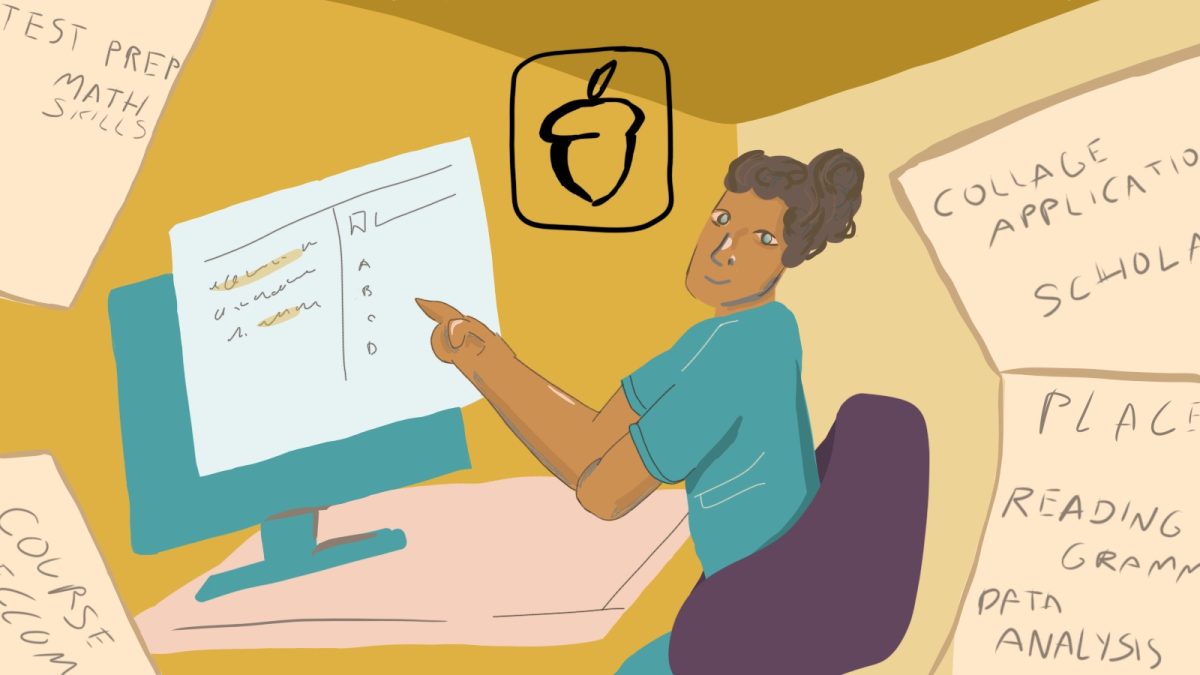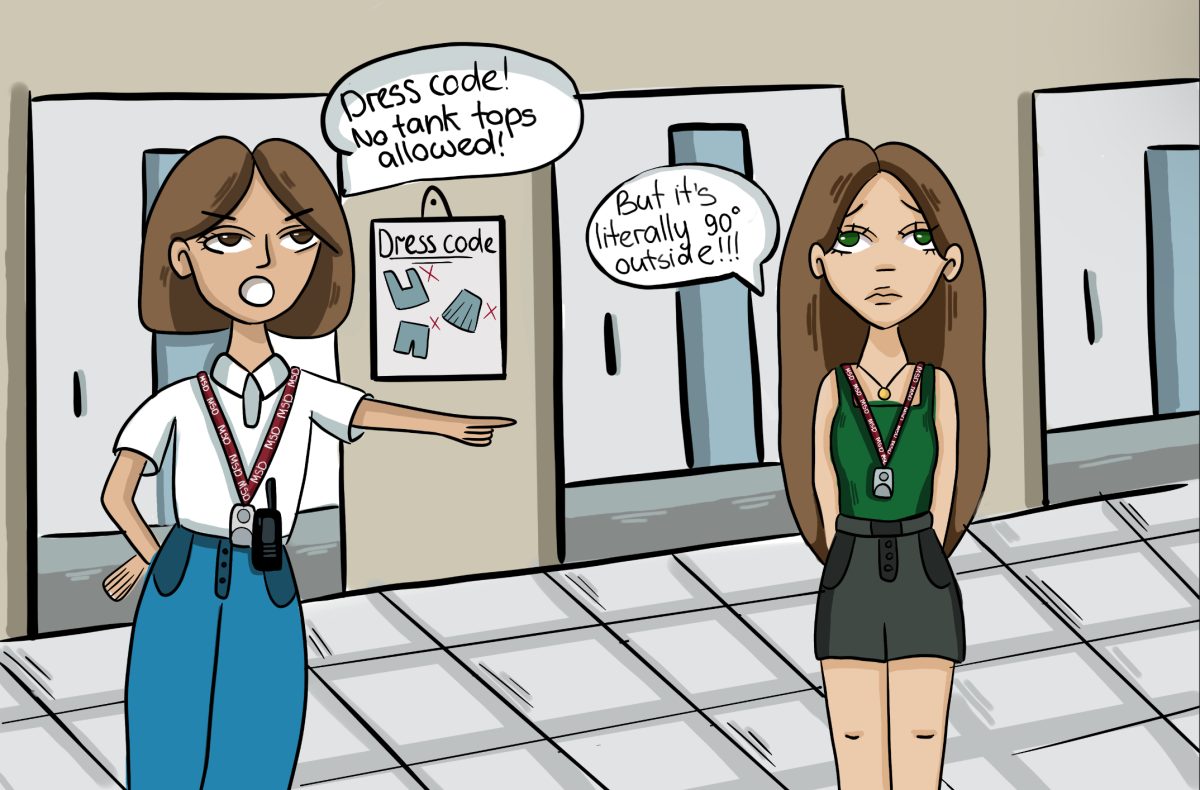Teenagers’ mental health has been on a steady decline, with teens having to deal with academic, personal and interpersonal stresses on a daily basis. However, a demographic that continuously fares worse in statistics is teenage girls. The mental health of teen girls is worsening, and a solution needs to be found.
According to the Centers for Disease Control and Prevention, nearly three in five teenage girls felt persistent sadness in 2021, which was double the ratio for boys. Additionally, nearly one in three teen girls admitted to having seriously considered attempting suicide in the 2021 Youth Risk Behavior Survey, which was given to 17,000 teens at high school across the U.S. This ratio has gone up nearly 60% from a decade ago, making it an utterly concerning statistic that demands immediate action.
While most teens reported experiencing increased mental health challenges and suicidal thoughts and behaviors in the survey, girls fared worse than boys across nearly all measures. One reason that teen girls’ mental health has been suffering is due to a large uptick in sexual violence. Sexual violence has always fallen disproportionately on girls; however, there has been a 20% increase since 2017 in sexual violence directed towards teenage girls.
Mental health can consequently worsen, as one endures sexualization, harassment and sexual threats, all of which girls experience more than boys. One in every five teen girls reported having experienced sexual violence in the past year. Additional strain is placed on girls, who are expected to deal with these things and, more often than not, are expected to deal with them entirely by themselves. Our current health care systems do not support girls enough with the issues they deal with, such as sexual harassment.
More often than not, sexual harassment goes unreported. However, even when harassment is reported, it is often not taken seriously, and victims are labeled as overreacting or are blamed for their harassment altogether. This leaves victims of sexual harassment living their lives in fear instead of being supported and protected as they should be. This is a problem that schools, workplaces and organizations can support, making girls feel more safe and therefore improving girls’ and women’s mental health.
Another reason for girls’ worsened mental health was the COVID-19 pandemic, which led to more social isolation and stress and contributed to depression among teens. Along with the pandemic came the increased integration of technology into people’s lives. Up until today, teens have never had this much exposure to social media, with 90% of them using it. Then, with the introduction of the online world, more people than ever have also experienced cyberbullying.
More girls than boys have reported being cyberbullied, with 20% admitting that they have been the target of cyberbullying, almost double the percentage for boys. Girls disproportionately experience sexual exploitation, body image issues and online bullying. With a rise in misogynistic rhetoric on the internet, girls often face sexist comments online, especially in male-dominated internet spaces.
Teen girls are often the center of degrading drama and rumors, which can occur online as well as in-person. Girls who cope poorly with stressors like interpersonal conflict, or feel ill-equipped to resolve a conflict, might be at an elevated risk for suicidal behavior, according to a recent study by the American Psychological Association.
Another factor that plays a role in the degradation of girls’ mental health is housing instability. Families living in poverty typically delegate extra childcare-related tasks and household chores to the girls of the family. With 43% of all U.S. families having two parents with a full-time job, this is not an uncommon scenario, especially with more than 60% of Americans living paycheck to paycheck in 2023.
The mental health struggles of girls can also be attributed to neurodivergence, something that often goes undiagnosed in girls. This is because most mental health studies have been done on boys. Autism research, as well as research into other mental illnesses like Attention-deficit/hyperactivity disorder, has historically only been done on boys. Consequently, this research disparity has left symptoms of mental illnesses much more understood in boys than in girls.
ADHD in girls is often missed, and Autism Spectrum Disorder often goes unrecognized, especially in mild forms. In girls, many mental disorders are ignored or misdiagnosed as depression instead of being properly evaluated and treated. Little social reform has been done to correct these mistakes, and our current healthcare system continues to fail girls as a result.
These many complicated factors have left teen girls vulnerable in terms of mental health. It is likely that until these problems are addressed, their mental state will only continue to worsen. To tackle the issue at hand, better mental health diagnoses for girls, efforts to punish sexual harassment and violence and additional community efforts are all required, so that the worsened state of teen girls’ mental health can be recognized and improved.

